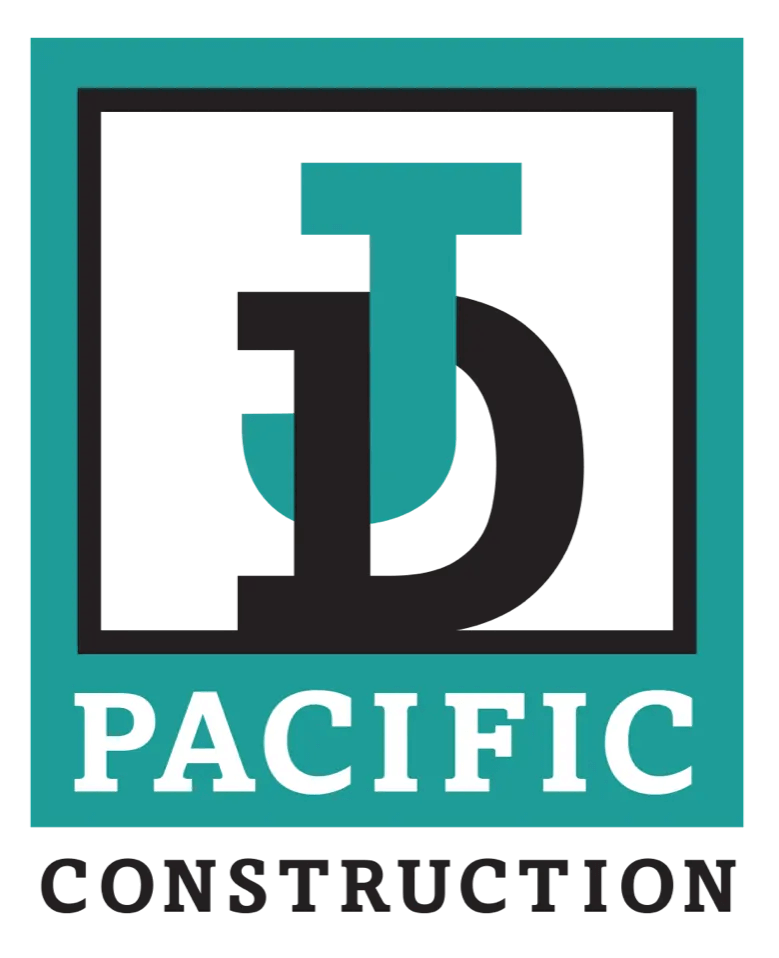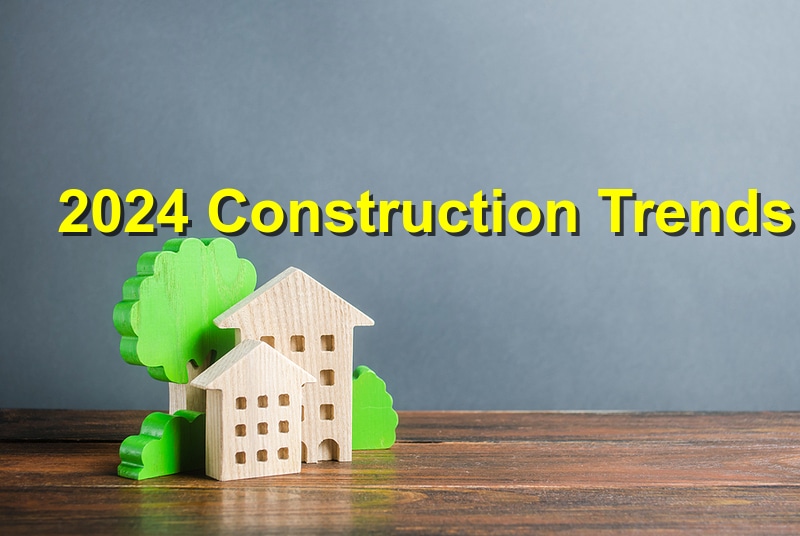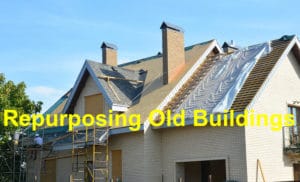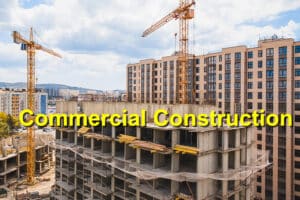The construction industry is continually evolving, driven by technological advancements and changing demands. As we step into 2024, here are the groundbreaking trends shaping the construction landscape and how they’ll impact the industry:
- Modular and Prefabricated Construction: Prefab and modular techniques continue to gain traction for their efficiency, reduced waste, and accelerated project timelines. Expect increased adoption for various building types.
- Green Building and Sustainability: Sustainable construction practices are no longer optional. There’s a surge in demand for eco-friendly materials, energy-efficient designs, and a focus on reducing the carbon footprint across construction projects.
- Innovative Materials: The industry is embracing innovative materials, such as self-healing concrete, recycled plastics, and advanced composites, leading to more durable, cost-effective, and environmentally friendly construction solutions.
- Smart Construction Sites: IoT integration and sensors are transforming construction sites into ‘smart’ spaces. Real-time monitoring, automated equipment, and data-driven decision-making streamline operations and enhance safety.
- Augmented Reality (AR) and Virtual Reality (VR): AR and VR technologies are revolutionizing project planning, design visualization, and client presentations. These immersive tools aid in better communication and decision-making.
- Robotics and Automation: Construction sites are witnessing increased automation with robotics handling repetitive tasks like bricklaying, 3D printing of structures, and autonomous equipment for increased efficiency.
- Drones for Site Monitoring: Drones equipped with cameras and sensors are used for site surveys, inspections, and progress monitoring, enabling better project management and reducing manual efforts.
- Off-Site Construction and Remote Work: Remote work trends extend to construction, with more tasks being managed off-site. Collaboration through digital platforms enhances productivity and flexibility.
- Resilient and Disaster-Resistant Designs: With climate change concerns, there’s a growing emphasis on resilient design strategies, including flood-resistant structures, storm-resistant materials, and disaster-preparedness.
- Renovation and Retrofitting: Renovation and retrofitting existing structures for energy efficiency and improved functionality gain significance, aligning with sustainable practices and cost-effectiveness.
Staying ahead in the construction industry means embracing these trends, integrating innovative technologies, prioritizing sustainability, and adapting to the changing demands of clients and the environment. Embracing these trends will drive success and innovation in construction in the new year and beyond.
References: PlanRadar, Exploding Topics




